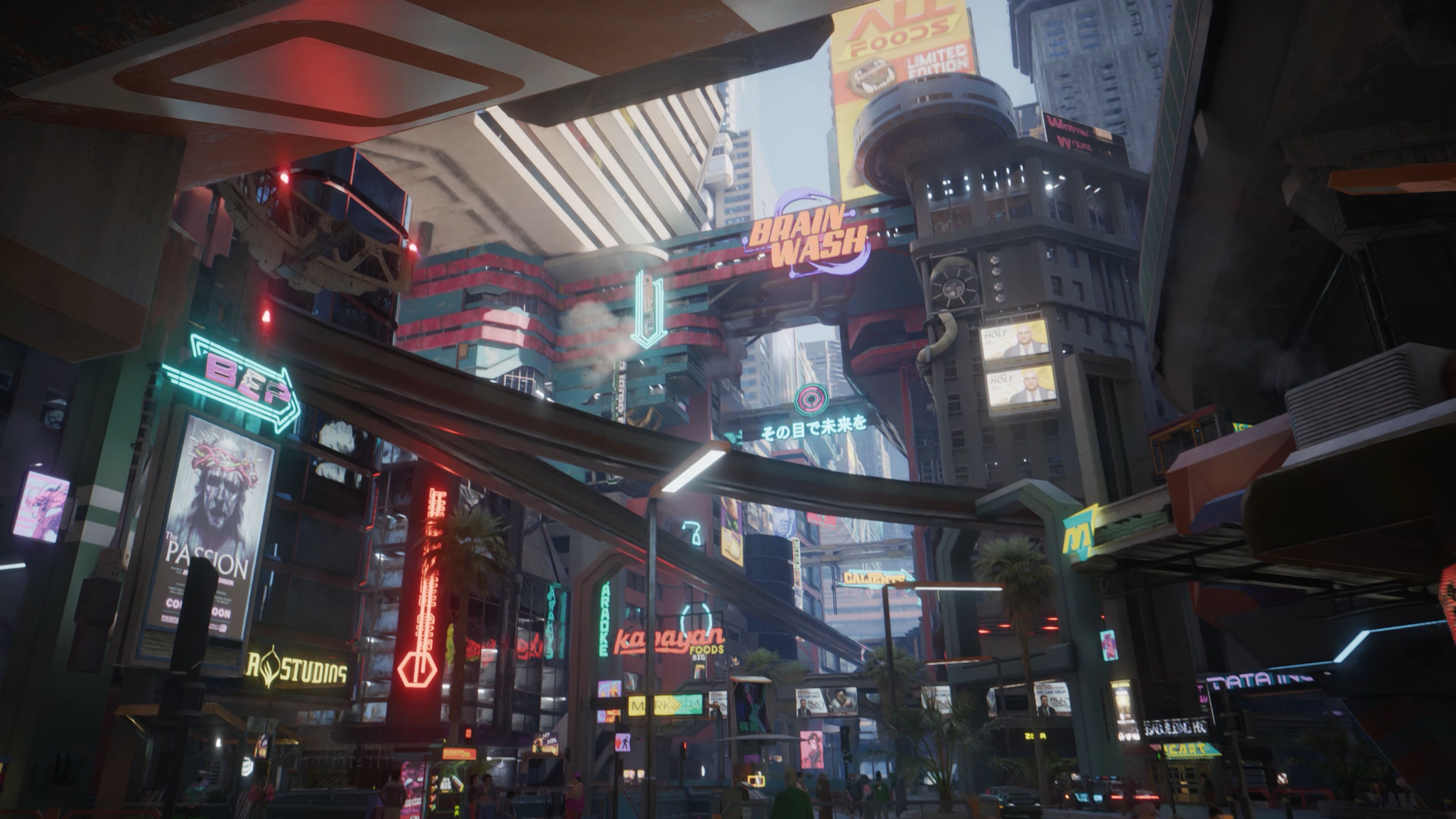Doom VFR Score: Evaluating the VR FPS Adaptation
The transition of first-person shooters (FPS) into virtual reality (VR) has been a challenging yet exciting endeavor for game developers. Doom VFR, released in 2017, was Bethesda’s attempt to bring the fast-paced, demon-slaying chaos of Doom (2016) into the immersive world of VR. While the game successfully captures the essence of Doom’s relentless action, its adaptation to VR presents both strengths and weaknesses. This article examines Doom VFR’s score—how well it translates the FPS experience into VR, its gameplay mechanics, immersion, and overall execution.
1. The Core Experience: Fast-Paced Action in VR
Doom is synonymous with high-speed combat, aggressive movement, and brutal melee executions. Translating this into VR was no small feat. Doom VFR retains the core gameplay loop—shooting, dodging, and tearing through demons—but with adjustments to accommodate VR limitations.
Movement and Controls
One of the biggest challenges in VR FPS games is movement. Doom VFR offers multiple control schemes:
- Teleportation Movement: Initially controversial, this system helps reduce motion sickness but sacrifices fluidity.
- Smooth Locomotion (added post-launch): A more traditional movement style that better suits Doom’s frenetic pace.
While teleportation was a necessary concession for comfort, it clashed with Doom’s signature speed. The later addition of smooth locomotion improved the experience significantly, allowing players to strafe and dodge more naturally.
Combat Adaptations
Doom VFR introduces VR-specific mechanics:
- Dual-Wielding Weapons: Players can hold a gun in one hand and a grenade launcher in the other, enhancing combat flexibility.
- Physical Dodging: Players must physically move to avoid attacks, increasing immersion.
- Vorpal Punch (melee finishers): A VR twist on glory kills, requiring players to physically lunge at weakened enemies.
These changes work well but sometimes feel restrictive compared to the fluidity of the original Doom.
2. Immersion and Atmosphere
VR’s greatest strength is immersion, and Doom VFR delivers in this regard. The game’s environments—hellish landscapes, UAC facilities, and demon-infested corridors—feel more intimidating in VR. The sense of scale is impressive; towering demons like the Baron of Hell are genuinely imposing when viewed up close.
However, some immersion-breaking factors exist:
- Limited Interaction: Unlike other VR shooters (Half-Life: Alyx), players cannot manually reload or interact deeply with the environment.
- AI Behavior: Enemies sometimes behave erratically, breaking immersion when they clip through walls or ignore physics.
3. Performance and Technical Considerations
Doom VFR was designed for high-end VR systems (HTC Vive, Oculus Rift, PSVR). While it runs smoothly on capable hardware, performance issues arise on weaker setups:
- Frame Rate Drops: Intense battles can cause stuttering, which is particularly disorienting in VR.
- Visual Fidelity: Textures and lighting are simplified compared to the original Doom, likely to maintain performance.
4. Replayability and Content
The campaign is relatively short (4-6 hours), which may disappoint fans expecting a full-length Doom experience. However, the arcade-style scoring system and multiple difficulty levels encourage replayability. The lack of multiplayer or additional modes, however, limits long-term engagement.
5. Final Verdict: A Solid but Flawed VR Adaptation
Doom VFR succeeds in bringing Doom’s chaotic combat to VR but stumbles in execution. The addition of smooth locomotion post-launch helped, but the game still feels like a compromised version of the original.
Score: 7.5/10
- Pros:
- Faithful to Doom’s fast-paced action
- Immersive environments and scale
- Satisfying VR combat mechanics
- Cons:
- Teleportation movement feels restrictive
- Short campaign with limited replay value
- Some technical hiccups
Conclusion
Doom VFR is a commendable attempt at adapting a high-speed FPS for VR. While not perfect, it offers a thrilling, if somewhat abbreviated, Doom experience that VR enthusiasts should try—especially those craving intense, demon-slaying action in virtual reality. Future VR FPS adaptations can learn from its successes and shortcomings.

Would you like any refinements or additional details on specific aspects?














